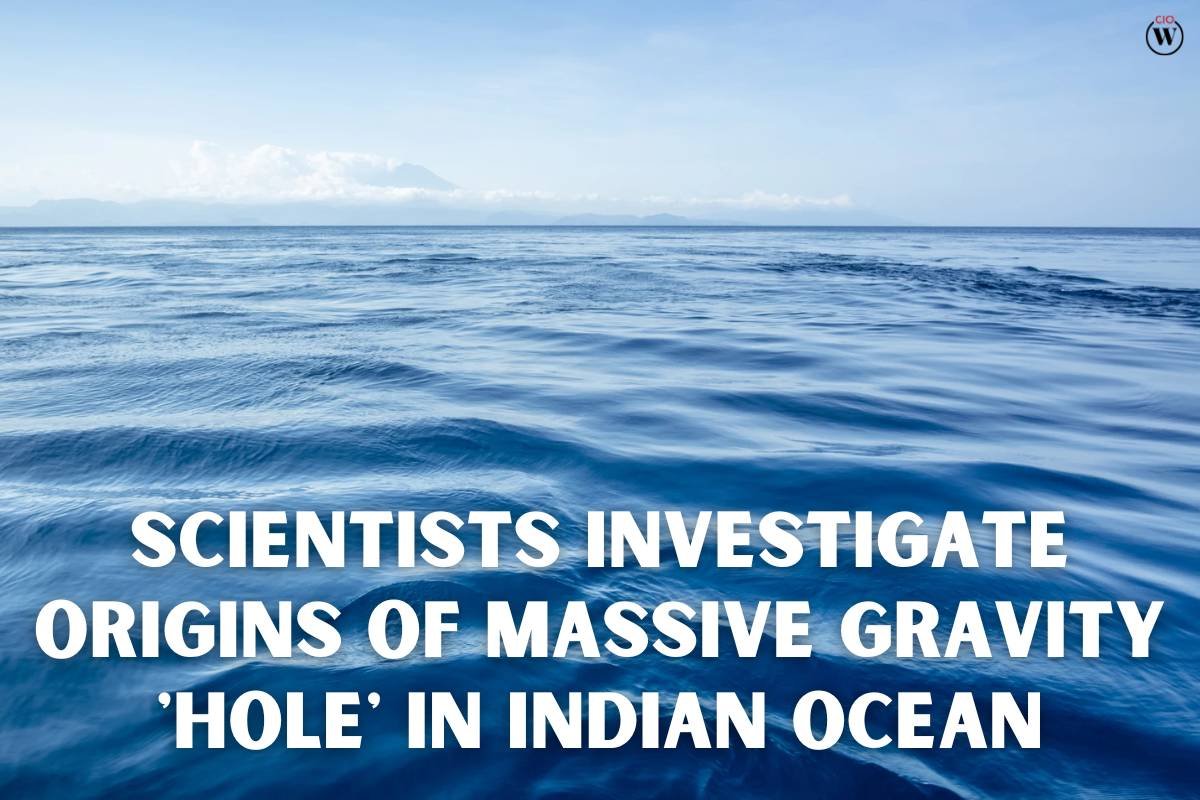The Indian Ocean harbors a significant gravitational anomaly known as a geoid low—a region where gravity weakens to an extreme low. Spanning approximately three million square kilometers, this massive gravity ‘hole’ is situated deep beneath the Indian Ocean, where the seafloor sinks into a vast depression. While its presence has been known for some time, the cause of this weakening has remained a mystery.
New Hypothesis from Researchers
Researchers from the Indian Institute of Science have put forward a new hypothesis to explain the origins of the geoid low. They propose that the anomaly is the result of ancient oceanic remnants sinking beneath Africa’s crust approximately 30 million years ago, stirring up hot molten rock deep beneath the Earth’s surface. By utilizing computer models, the scientists simulated the movement of tectonic plates and the behavior of the mantle over the past 140 million years, reconstructing the formation of the geoid low.
The simulations indicated that plumes of hot, low-density magma rising up beneath the geoid low were responsible for its creation. These plumes, along with a unique mantle structure, contributed to the weakening of gravity in the region. The researchers suggest that the plumes need to reach mid-mantle depths to match the observed geoid low. The first of these plumes emerged approximately 20 million years ago, south of the geoid low, after the sinking of the Tethys Sea into the lower mantle. As the plumes spread beneath the lithosphere and approached the Indian peninsula, the gravitational anomaly intensified.
There’s a Giant Gravity Hole In The Indian Ocean, And We May Finally Know Why
Support from Computer Models
While the computer models support the presence of these plumes, some scientists remain skeptical due to the lack of clear seismographic evidence confirming their existence beneath the Indian Ocean. Further data and research will be needed to substantiate the hypothesis.
In 2018, a research team deployed seismometers along the seafloor to map the deformation zone and collect seismic data in the region. The results of the survey suggested the presence of hot plumes of molten rock contributing to the formation of the geoid low.
Understanding the origins of the Indian Ocean geoid low is crucial for unraveling the complex geology of the region. The ongoing research provides valuable insights into Earth’s geological processes and contributes to our understanding of gravity’s behavior on our planet. The findings of this study shed light on the formation of gravitational anomalies and offer new perspectives on Earth’s geophysical phenomena.








